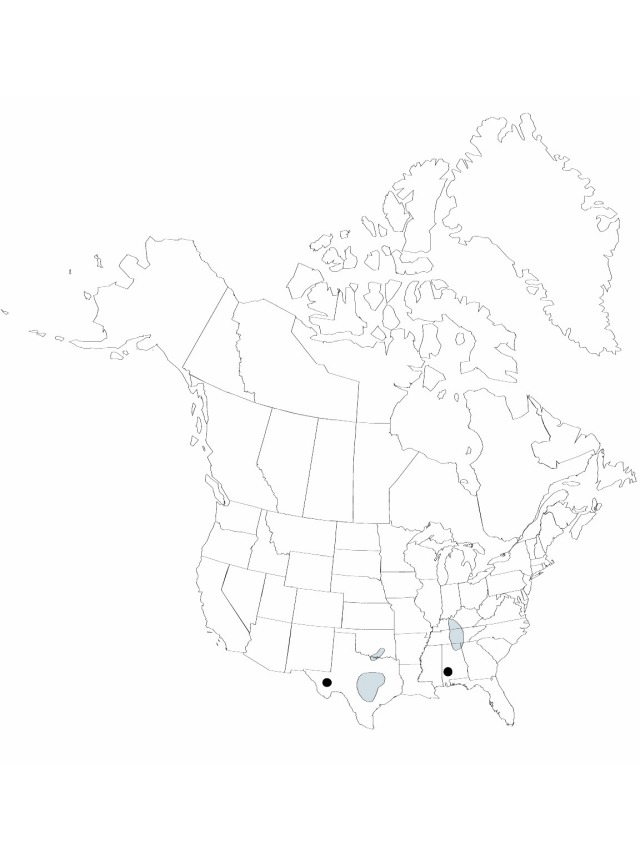Difference between revisions of "Juncus filipendulus"
Proceedings of the Academy of Natural Sciences of Philadelphia 14: 8. 1862.
FNA>Volume Importer |
FNA>Volume Importer |
(No difference)
| |
Revision as of 20:58, 16 December 2019
Herbs, perennial, tufted, 1.5–3.5 dm. Rhizomes poorly developed. Culms erect, compressed, bases often swollen. Leaves: basal 2–4, cauline 1–3; auricles 0.5–1 mm, apex rounded to nearly acute; blade flat, 3–15 cm × 1–2.5 mm. Inflorescences glomerules, (1–)2–5(–10), each with (3–)6–15 flowers, open; primary bract shorter than inflorescence. Flowers: tepals straw-colored with green midstripe, lanceolate or widely so, 3.5–5 mm, margins sometimes clear; outer and inner series nearly equal; stamens 3, filaments 1.5 mm, anthers 0.5 mm; style 0.5 mm. Capsules tan to reddish brown, 3-locular, obovoid, 2.6–3.2 mm, shorter than perianth. Seeds fusiform, 0.5–0.6 mm, not tailed.
Phenology: Flowering and fruiting spring–early summer.
Habitat: Moist, usually calcareous soils of swales or glades, occasionally in shallow water along streams
Distribution

Ala., Ga., Ark., Ky., La., Miss., Okla., Tenn., Tex.
Discussion
Selected References
None.